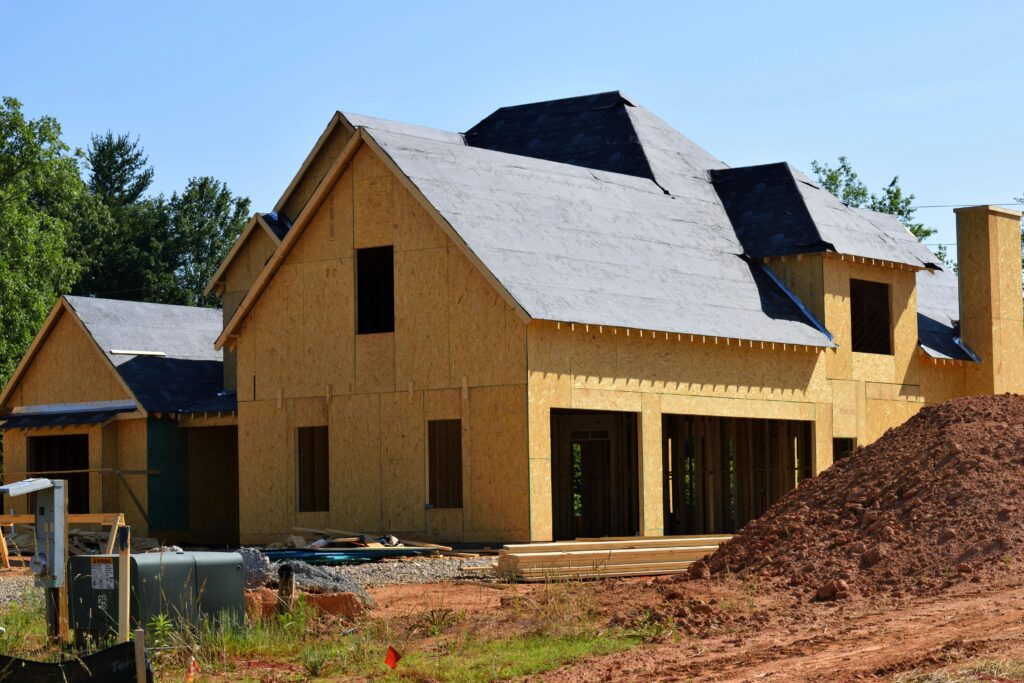
Building a new home can be an exciting and rewarding experience. However, it’s essential to have a clear understanding of the construction timeline to ensure a smooth and efficient process. In this comprehensive guide, we will discuss the key steps involved in creating an accurate timeline for home construction, from securing financing to moving into your dream home.
Phase 1: Pre-Construction Planning
1. Securing Financing
The first step in the home construction process is to secure the necessary financing. This may involve obtaining a construction loan, a mortgage, or both. It’s crucial to shop around and compare loan terms, interest rates, and other factors to make sure you’re getting the best deal possible. This process can take up to 90 days, depending on the types of loans you need and the approval process.
2. Finding and Choosing a Builder
Once financing is in place, the next step is to find a reliable and experienced builder. Research multiple builders, read reviews, and talk to former clients to ensure you’re selecting a reputable professional. Consider asking builders what construction management software they use as well, as these programs help streamline the project. The process of choosing a builder and signing a contract can take anywhere from three to six weeks.
3. Obtaining Permits
Your builder is responsible for acquiring all necessary permits and approvals to begin construction. This includes permits for zoning, grading, septic systems, plumbing, electrical work, and more. The timeframe for obtaining permits depends on local regulations but generally takes 24-34 days.
4. Site Preparation
With permits in place, the next step is to prepare the construction site. This may involve clearing the land of trees, shrubs, rocks, and debris, as well as grading and leveling the area. Depending on the amount of work required, site preparation could take one to two months to complete.
Phase 2: Construction
5. Foundation and Excavation
The construction phase begins with the excavation and preparation of the home’s foundation. This includes digging holes and trenches for footings, pouring concrete, and installing rebar for reinforcement. The type of foundation (slab, crawlspace, or basement) will determine the specific steps involved. Foundation work typically takes about three weeks, depending on weather conditions and other factors.
6. Framing and Structural Work
Once the foundation is set, the framing process begins. This involves constructing the wood structure and roofing of the home. During this stage, the house starts to take shape, and you can begin to visualize the layout of the rooms. Framing usually takes around three weeks to complete.
7. Mechanical, Electrical, Plumbing and Gas Systems
After framing is complete, the next step is the installation of mechanical, electrical, and plumbing systems. This includes running wires, pipes, and ductwork throughout the home, as well as installing heating, air conditioning, and ventilation systems. This stage typically takes about two weeks to complete.
One often overlooked aspect of home construction, especially in regions like Alberta, is the potential for environmental factors to impact the timeline. For instance, gas migration in Alberta has been known to delay construction projects, as it requires careful monitoring and remediation. This natural occurrence, where underground gases seep into areas like building sites, can cause unexpected delays due to the need for additional safety measures or modifications to the building plans. Factoring in such local environmental conditions when creating a timeline for home construction is crucial to avoid unforeseen hold-ups and ensure a smooth project flow.
8. Exterior and Interior Finishes
Once the mechanical, electrical, and plumbing systems are in place, the focus shifts to finishing the exterior and interior of the home. This includes installing insulation and drywall, painting walls and ceilings, laying flooring, and installing cabinets, countertops, and other fixtures. Exterior finishes, such as siding, brickwork, and roofing, are also completed during this stage. This phase usually takes two to three weeks.
9. Landscaping and Exterior Work
With the interior and exterior finishes complete, the final construction phase involves landscaping and other exterior work. This includes planting grass, trees, and shrubs, as well as installing walkways, driveways, and outdoor lighting. Depending on the complexity of the landscaping, this stage can take anywhere from one to three weeks.
Phase 3: Inspections and Appraisals
10. Building Inspections
Throughout the construction process, your home will undergo a series of inspections to ensure compliance with local building codes and regulations. These inspections may include checks for structural integrity, electrical and plumbing systems, insulation, and other aspects of the home. It’s essential to address any issues identified during these inspections promptly to avoid delays in the construction timeline.
11. Appraisal and Mortgage Approval
Once construction is complete, your lender will appraise the finished home to determine its market value. This appraisal is necessary to finalize your mortgage approval and ensure that the home is worth the amount you’ve agreed to borrow. The appraisal process typically takes one to two weeks.
Phase 4: Final Walkthrough and Closing
12. Final Walkthrough
Before closing on your new home, you’ll have the opportunity to conduct a final walkthrough with your builder or contractor. This is your chance to review the finished product and identify any issues that need to be addressed before moving in. Make sure to ask questions and take notes during this walkthrough so that you’re completely satisfied with the results.
13. Closing and Moving In
Once the final walkthrough is complete and any outstanding issues have been resolved, it’s time to close on your new home. This involves signing paperwork to finalize the sale, secure your mortgage, and obtain the keys to your new residence. After closing, you can begin the process of moving in, unpacking, and decorating your new space.
Conclusion
In conclusion, creating an accurate timeline for home construction requires careful planning, coordination, and communication among all parties involved. By understanding the key steps in the process and staying flexible with the inevitable challenges that may arise, you can successfully navigate the journey from securing financing to moving into your dream home.


